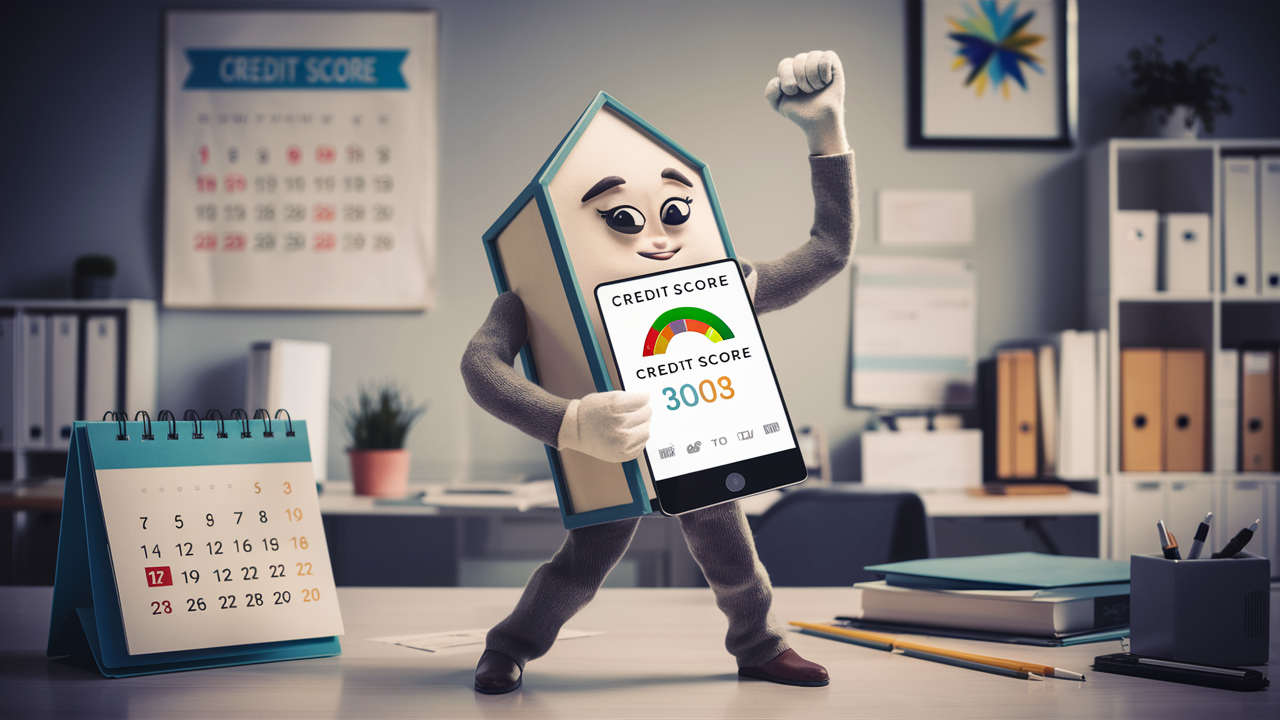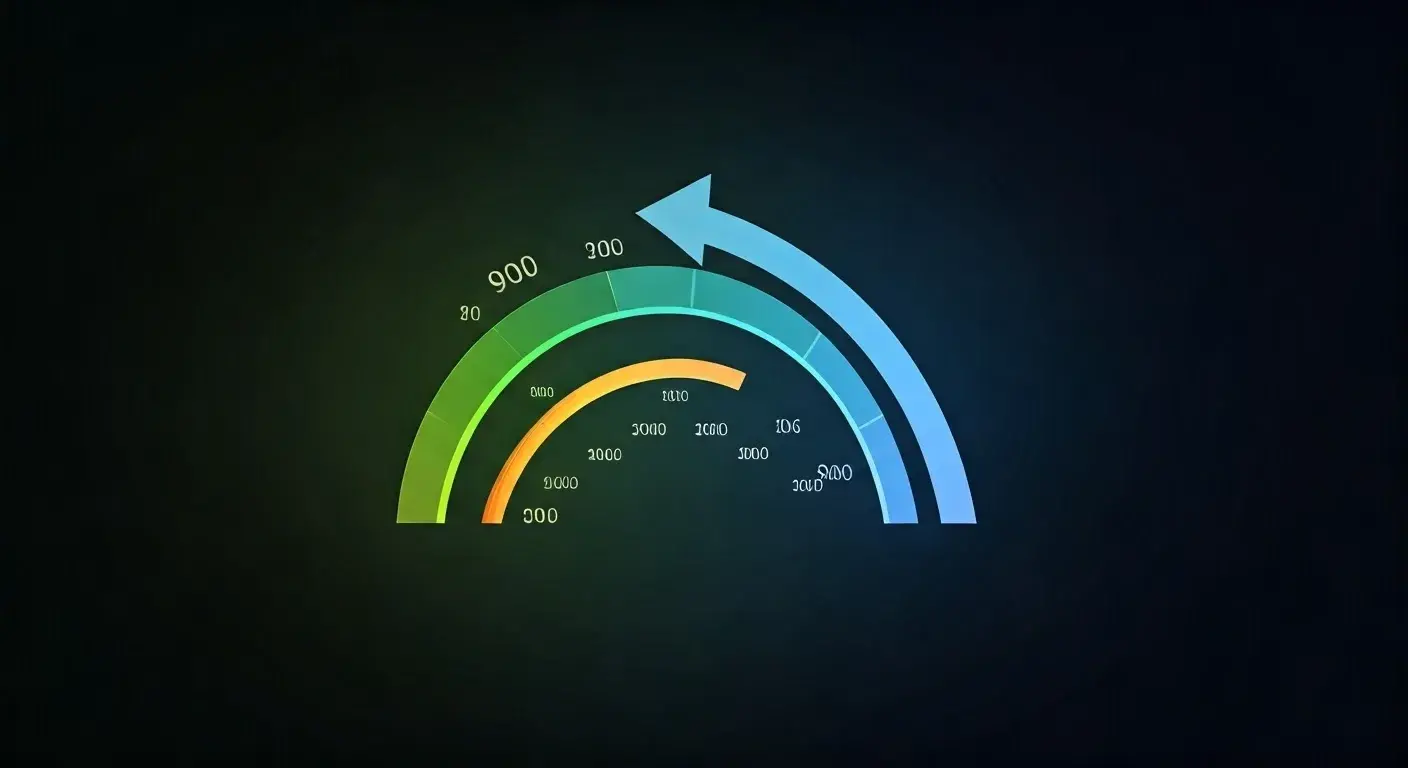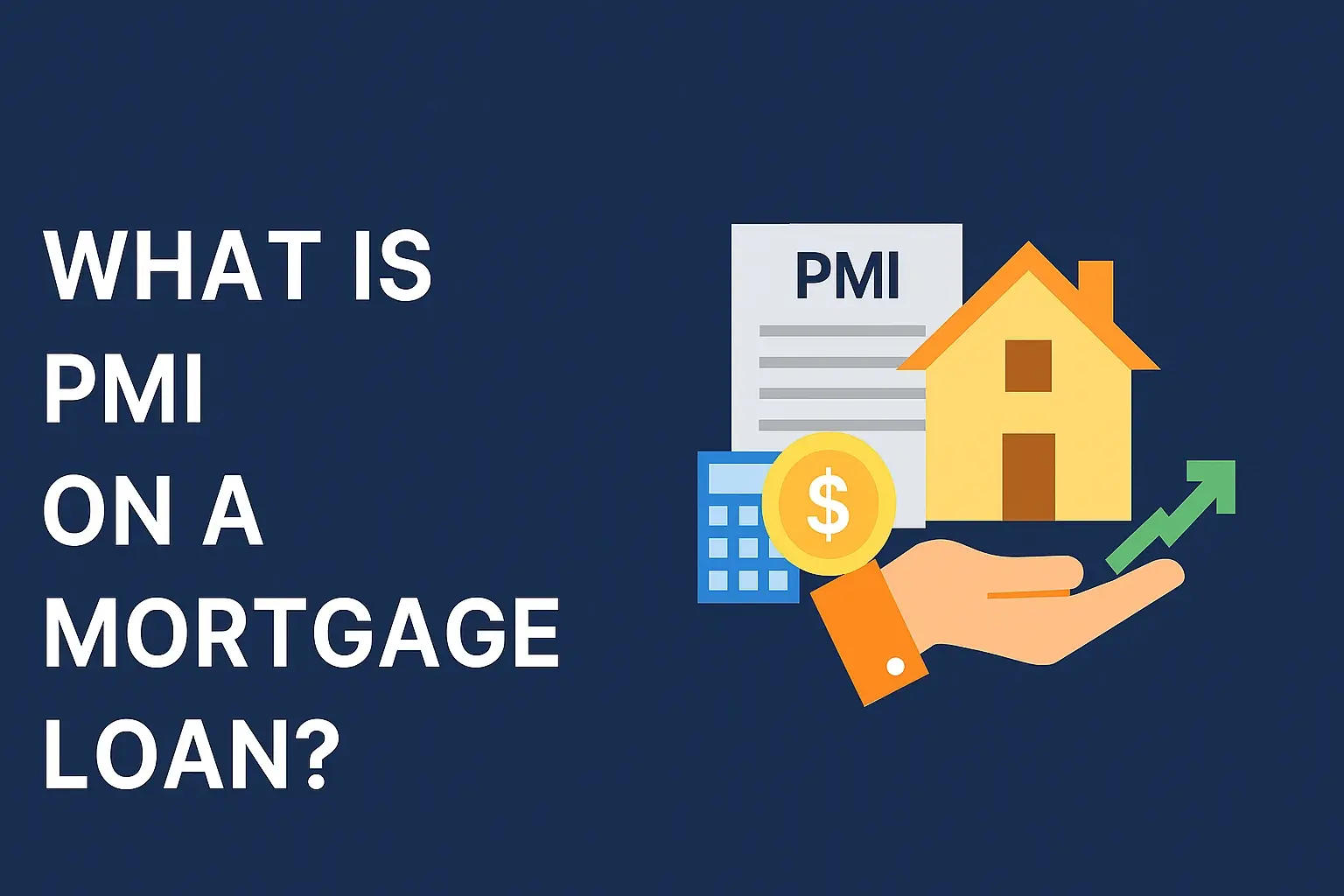-
Posted on: 15 Jul 2024

-
Wondering if removing a collection account from your credit report will boost your score? This comprehensive guide dives deep into the potential impact, offering data-driven insights and actionable strategies for 2025. Understand the nuances of collection accounts and their effect on your creditworthiness.
Understanding Collection Accounts and Your Credit Score
Collection accounts represent debts that a lender has been unable to collect from the original creditor. When a debt goes unpaid for a significant period, it's typically sold to a third-party debt collection agency. This agency then attempts to recover the outstanding balance. The presence of a collection account on your credit report can significantly harm your credit score, making it harder to secure loans, mortgages, and even rent an apartment. Understanding how these accounts function and their impact is the first step toward improving your financial standing. In 2025, credit scoring models continue to emphasize responsible credit management, making the removal of negative items like collections a priority for many consumers.
Credit scores are complex algorithms designed to predict your creditworthiness. They are calculated based on information found in your credit reports from the three major credit bureaus: Equifax, Experian, and TransUnion. Key factors influencing your score include payment history, credit utilization, length of credit history, credit mix, and new credit. Collection accounts directly and negatively affect your payment history and can indirectly impact other scoring factors, such as by increasing your overall debt burden if the collection agency obtains a judgment.
The impact of a collection account isn't static. Its severity depends on several variables, including the age of the debt, the amount owed, and how recently it was added to your report. For instance, a collection that is nearing the statute of limitations for reporting (typically seven years from the date of the original delinquency) might have a less dramatic impact than a newer one. However, any collection account is generally viewed as a significant red flag by lenders and scoring models.
Many individuals search for "how much will a deleted collection raise my credit score?" because they are seeking a tangible benefit from the effort and potential cost involved in dealing with these accounts. While there's no single, universal answer due to the individualized nature of credit scoring, understanding the underlying principles can help set realistic expectations. This guide aims to demystify this process, providing insights relevant to the current credit landscape of 2025.
What Exactly is a Collection Account?
A collection account appears on your credit report when a debt you owe has been turned over to a debt collection agency. This usually happens after the original creditor has exhausted their efforts to collect the debt, typically after the account has been delinquent for 120 to 180 days. The collection agency then becomes responsible for attempting to recover the money. They might do this by contacting you directly, offering payment plans, or even pursuing legal action.
When a debt is sent to collections, it’s usually because the original creditor has written it off as a loss. This signifies a significant negative event on your credit history. The collection agency may purchase the debt for pennies on the dollar, or they may work on a commission basis, taking a percentage of whatever they can recover. Regardless of the arrangement, the debt remains legally yours until it is paid or settled.
The reporting of a collection account to credit bureaus is a critical step. Once reported, it remains on your credit report for up to seven years from the date of the original delinquency, even if you pay it off or settle it. While paying off a collection can sometimes help improve your score by showing you are addressing your debts, the collection itself will still be visible. The goal for many is to have the collection *removed* entirely, which is where the potential for a significant score increase lies.
How Collection Accounts Differ from Other Negative Items
It's important to distinguish collection accounts from other negative items that can appear on your credit report, such as late payments, charge-offs, bankruptcies, or judgments. While all negatively impact your score, their severity and reporting mechanisms vary.
- Late Payments: These are generally less severe than collections. A 30-day late payment has a smaller impact than a 60-day or 90-day late payment. A collection account often stems from a much longer period of delinquency.
- Charge-offs: A charge-off occurs when a creditor declares a debt unlikely to be collected and writes it off as a loss. This is often a precursor to the debt being sent to collections. A charge-off is a serious negative mark.
- Judgments and Bankruptcies: These are the most severe negative items. A judgment is a court order to pay a debt, while bankruptcy is a legal process that can discharge certain debts. Both have a devastating impact on credit scores and remain on reports for 7-10 years or longer.
Collection accounts fall into a category where their removal, especially if they are inaccurately reported or if you successfully negotiate a "pay-for-delete" (which is becoming rarer), can lead to a noticeable score improvement because they are a distinct negative entry that is being eliminated.
How Collection Accounts Impact Your Credit Score
The impact of a collection account on your credit score is substantial. It's one of the most damaging items that can appear on your report, second only to severe events like bankruptcies or judgments. The primary scoring factor affected is your payment history, which typically accounts for about 35% of your FICO score. A collection signifies a severe breakdown in your payment history.
When a debt goes into collection, it signals to lenders that you have a history of not fulfilling your financial obligations. This increases the perceived risk of lending to you. Credit scoring models are designed to penalize such behavior to protect lenders from potential losses. The exact point deduction varies greatly depending on your overall credit profile, but a single collection account can easily shave off tens, if not hundreds, of points from your score.
Consider this: a credit score of 750 is considered excellent, while a score below 600 is considered poor. The presence of a collection account can easily push a score from the "good" or "very good" range into the "fair" or "poor" categories. This makes obtaining new credit difficult and expensive, as lenders will either deny your applications or offer unfavorable interest rates.
Beyond payment history, collections can indirectly affect other scoring components:
- Credit Utilization: If the collection agency obtains a judgment and places a lien on your property or garnishes your wages, this can indirectly impact your financial stability and ability to manage other credit accounts, potentially leading to higher utilization on those accounts.
- Length of Credit History: While the collection itself doesn't shorten your credit history, its negative impact can overshadow positive information, making the age of your accounts less influential in boosting your score.
- New Credit: Applying for new credit while you have a collection can be risky. Lenders may see it as a sign of desperation, and multiple inquiries combined with a collection can further depress your score.
The amount of the collection also plays a role. While any collection is negative, a very small amount (e.g., $50) might have a less pronounced impact than a larger one (e.g., $5,000). However, the mere presence of a collection is often the most significant factor.
The Severity of Collections on FICO Scores
FICO, the most widely used credit scoring model, places a heavy emphasis on payment history. A collection account is a clear indicator of a significant delinquency. The impact is often more severe if the collection is recent and if your credit history is otherwise thin or contains other negative marks. For individuals with otherwise pristine credit, a single collection can be particularly damaging, as it stands out as a major deviation from their positive history.
According to various studies and industry analyses in 2025, a collection account can reduce a FICO score by anywhere from 50 to 150 points, depending on the starting score and other factors. For someone with a score of 700, a collection might drop them to 550. For someone with a score of 800, it might drop them to 650. The percentage drop is often more significant for those with higher starting scores.
The type of debt also matters. Collections stemming from medical bills were historically treated differently, but as of recent changes in reporting practices, they are often treated similarly to other types of debt. However, it's crucial to stay informed about evolving FICO scoring rules.
How Long Collections Affect Your Score
Collection accounts typically remain on your credit report for seven years from the date of the original delinquency. This seven-year clock starts ticking from the date the account first became delinquent, not from the date it was sold to a collection agency or when you made a payment. Even after you pay off a collection, it will still remain on your report for the remainder of that seven-year period.
This means that simply paying a collection does not guarantee its immediate removal from your credit report. While paying it is generally a good financial decision to avoid further collection efforts or legal action, the negative reporting continues. The real score boost comes from the *deletion* of the collection from your report.
For example, if an original debt became delinquent in January 2020, it will typically fall off your credit report in January 2027, regardless of when it was sent to collections or paid. This is why consumers often seek ways to expedite the removal process, especially if the collection is recent and significantly impacting their score.
The Process of a Collection Account
Understanding the lifecycle of a collection account can empower you to navigate the situation more effectively. From the initial delinquency to its eventual reporting and potential removal, each stage has implications for your credit score and your financial well-being.
From Original Creditor to Collection Agency
When you fail to make payments on a debt, the original creditor will typically attempt to contact you. They might send reminder notices, make phone calls, or charge late fees. If the account remains delinquent for an extended period (often 120-180 days), the creditor will usually "charge off" the debt. This means they have written it off as a loss for accounting purposes.
After charging off the debt, the creditor has a few options. They can continue trying to collect it themselves, or they can sell the debt to a third-party debt collection agency. Often, the debt is sold for a fraction of its original value. The collection agency then acquires the right to collect the debt from you. This is when the account typically appears as a "collection" on your credit report, often with the name of the collection agency listed as the creditor.
It’s important to note that the collection agency must report the debt accurately. They are bound by the Fair Debt Collection Practices Act (FDCPA) in the United States, which protects consumers from abusive, deceptive, and unfair debt collection practices. If the collection agency violates these laws, you may have grounds to dispute the debt or seek damages.
Your Rights Under the FDCPA
The FDCPA is a crucial piece of legislation for anyone dealing with debt collectors. It grants consumers specific rights, including:
- Right to Validation: Within 30 days of being contacted by a collector, you can request debt validation. The collector must provide proof that the debt is yours and that they own it or are authorized to collect it.
- Protection from Harassment: Collectors cannot harass, oppress, or abuse you. This includes threats of violence, using obscene language, or repeatedly calling you at inconvenient times.
- Prohibition of False or Misleading Representations: Collectors cannot lie about the amount owed, the legal status of the debt, or threaten actions they cannot legally take (like arresting you for non-payment).
- Rules for Communication: Collectors must cease communication if you request it in writing, except to notify you of specific actions they intend to take (like filing a lawsuit). They also cannot contact you at work if they know your employer prohibits it.
Understanding these rights is vital. If a collection agency violates the FDCPA, you may be able to use this as leverage to negotiate a removal of the collection from your credit report. This is a powerful tool for consumers seeking to improve their credit.
Disputing Collection Accounts
One of the most effective strategies for potentially removing a collection account is to dispute it with the credit bureaus. You can dispute information on your credit report if you believe it is inaccurate, incomplete, or unverifiable. This includes collection accounts.
The dispute process typically involves:
- Gathering Information: Collect any documentation related to the debt, including statements from the original creditor, communication with the collection agency, and your credit reports.
- Sending a Dispute Letter: Write a formal letter to each credit bureau (Equifax, Experian, TransUnion) where the collection appears. Clearly state which item you are disputing and why. If you are requesting debt validation, include that request. It's recommended to send this letter via certified mail with a return receipt requested.
- Credit Bureau Investigation: The credit bureau has 30 days (sometimes extended to 45) to investigate your dispute. They will contact the furnisher of the information (the collection agency) to verify the debt.
- Outcome: If the collection agency cannot verify the debt or if the investigation reveals inaccuracies, the item should be removed from your credit report. If the debt is verified and accurate, it will remain.
A successful dispute is one of the fastest ways to achieve a deletion, as it doesn't require payment or negotiation. However, it relies on finding errors or the collector's inability to validate the debt.
Factors Influencing the Score Increase After Deletion
The question, "How much will a deleted collection raise my credit score?" is highly individualized. The impact of removing a collection account depends on a multitude of factors related to your overall credit profile. There isn't a fixed number; instead, it's a dynamic change influenced by how significant the collection was to your score in the first place.
Your Starting Credit Score
This is perhaps the most critical factor. If your credit score was already low due to the presence of the collection and other negative items, the increase from removing just one collection might be modest. For example, if your score was 500, removing a collection might raise it to 530-550. The improvement is noticeable but may not catapult you into a higher credit tier.
Conversely, if you had a strong credit score (e.g., 700+) and the collection was the primary negative item, its removal can lead to a more dramatic increase. A score of 700 might jump to 730-760. This is because the scoring model sees a significant negative element removed, allowing the positive aspects of your credit history to shine through more brightly.
In 2025, credit scoring models are sophisticated. They weigh the impact of negative items differently based on the overall health of your credit file. A single blemish on an otherwise perfect record is more impactful than one among many.
The Age and Amount of the Collection
Age: Newer collections generally have a more pronounced negative impact than older ones. If a collection is nearing the end of its seven-year reporting period, its removal might have a less significant effect because its influence is already diminishing. However, if it's a recent collection (e.g., 1-3 years old), its deletion can lead to a substantial score increase.
Amount: While the mere presence of a collection is damaging, the amount owed can also play a role. A collection for a few hundred dollars might have a slightly less severe impact than a collection for several thousand dollars. However, the primary damage comes from the reporting of the delinquency itself. In 2025, even small collections are viewed negatively.
Other Items on Your Credit Report
Your credit score is a holistic measure. If your credit report is otherwise clean, with a long history of on-time payments, low credit utilization, and a good mix of credit accounts, removing a collection will likely result in a more significant score improvement. The positive factors will have more weight once the negative collection is gone.
However, if your report contains multiple collections, charge-offs, late payments, or high credit card balances, removing just one collection may yield a smaller increase. The overall picture of your creditworthiness is still dominated by the other negative items. In such cases, addressing all negative items and focusing on building positive credit habits is crucial for substantial score improvement in 2025.
The Credit Scoring Model Used
Different credit scoring models (e.g., FICO Score 8, FICO Score 9, VantageScore 3.0, VantageScore 4.0) weigh factors differently. For instance, newer models like FICO Score 9 and VantageScore 4.0 tend to give less weight to paid collections and medical collections compared to older models. However, unpaid collections are still heavily penalized across all major models.
The specific version of the FICO or VantageScore used by a lender can influence how much your score changes after a deletion. It's important to remember that most lenders use older versions of FICO (like FICO Score 8) for general lending decisions, though newer models are gaining traction. Understanding which model is most relevant to your situation can provide a clearer picture of potential score changes.
Estimated Score Increases in 2025
Based on current credit scoring algorithms and trends observed in 2025:
- Modest Increase (10-30 points): If the collection was old, paid, or you have many other negative items on your report.
- Moderate Increase (30-70 points): If the collection was a significant negative factor, but you have other positive credit elements.
- Significant Increase (70-150+ points): If the collection was recent and unpaid, and your credit report was otherwise in good shape. This is most likely for individuals with strong credit history who had one major negative item removed.
These are general estimates. The actual increase can vary widely. The best way to know for sure is to monitor your credit score before and after the deletion.
Strategies for Getting Collections Removed
Achieving the removal of a collection account from your credit report is the key to potentially seeing a significant credit score increase. While disputes are a primary method, other strategies can also be effective, particularly in negotiation with collection agencies.
Negotiating a "Pay-for-Delete" Agreement
A "pay-for-delete" is an agreement where you pay a collection agency (either in full or a settled amount) in exchange for them agreeing to remove the collection account from your credit report entirely. This is highly desirable because it not only resolves the debt but also eliminates the negative mark from your report, leading to a potential score increase.
How to approach it:
- Contact the Collection Agency: Reach out to the agency. Be polite but firm.
- Verify the Debt: Before agreeing to pay, ensure the debt is valid and that you are not paying for something you don't owe or that is already past the statute of limitations for legal action.
- Negotiate the Amount: Collection agencies often buy debt for very little, so they are usually willing to settle for less than the full amount owed. Aim for a significant discount.
- Get it in Writing: This is the most crucial step. Before you pay anything, demand a written agreement that explicitly states they will remove the collection from all credit bureaus in exchange for your payment. Do not rely on verbal promises.
- Make Payment: Once you have the written agreement, make the agreed-upon payment.
- Follow Up: After payment, allow 30-60 days for the collection to be removed. Check your credit reports. If it's not removed, refer back to the written agreement.
Important Note for 2025: Pay-for-delete agreements are becoming less common as collection agencies are often incentivized to keep the debt on reports to satisfy reporting requirements. However, they are still possible, especially with smaller or less aggressive agencies. Persistence and negotiation are key.
Settling the Debt (Without Pay-for-Delete)
If a pay-for-delete isn't possible, settling the debt is still a good option to stop further collection efforts and potentially improve your score over time, though the collection will remain on your report.
When you settle a debt, you pay less than the full amount owed. The collection agency agrees to consider the debt "satisfied" or "settled" for that reduced amount. This is still reported as a negative item ("settled for less than full amount"), but it's often viewed slightly better by lenders than an unpaid collection.
Benefits of Settling:
- Stops aggressive collection tactics.
- Prevents potential lawsuits or judgments.
- Shows some level of responsibility in addressing the debt.
While this won't directly lead to a score increase from deletion, it cleans up the report by showing the debt is no longer active or pending collection, which can have a positive long-term effect as the collection ages.
Making a Payment Plan
If you cannot afford to pay a lump sum, even a settled amount, you can try to negotiate a payment plan. This involves agreeing to make regular, smaller payments over time until the debt is paid off or settled.
Considerations:
- Ensure the payment plan is documented in writing.
- Understand that the collection will likely remain on your report until paid, and may be reported as "paid through payment plan."
- This strategy is more about managing the debt and avoiding further negative actions than achieving immediate score improvement through deletion.
Letting the Collection Age Off Your Report
As mentioned, collection accounts typically fall off credit reports after seven years from the date of the original delinquency. If a collection is already several years old and its impact is diminishing, you might consider simply waiting for it to expire. This strategy requires patience but involves no cost or negotiation.
When this strategy might be best:
- The collection is already 5-6 years old.
- Your credit score is otherwise in good shape, and the impact of the old collection is minimal.
- You cannot afford to settle or negotiate a pay-for-delete.
In 2025, with credit bureaus becoming more diligent about removing outdated information, this is a viable, albeit passive, strategy.
What to Expect in 2025: Trends and Statistics
The landscape of credit reporting and scoring is constantly evolving. Understanding the latest trends and statistics for 2025 can help you set realistic expectations and tailor your strategies for removing collections.
Changes in Credit Reporting Rules
Over the past few years, there have been significant shifts in how credit bureaus and scoring models handle certain types of debt. Notably:
- Medical Debt: Most major credit bureaus have removed unpaid medical debt under $500 from credit reports. Paid medical debt is also generally excluded from scoring calculations in newer models. This is a positive development for consumers, as medical collections were a common and often unavoidable negative mark.
- Collection Account Reporting: While the seven-year reporting period remains standard, there's a growing emphasis on the accuracy and timeliness of reporting. Some models are also beginning to de-emphasize the impact of paid collections.
- Data Furnisher Responsibilities: Credit bureaus are facing increased scrutiny regarding the accuracy of data provided by furnishers (like collection agencies). This means there's a greater incentive for furnishers to ensure their reporting is correct, or face penalties.
These changes mean that the impact of certain types of collections might be less severe in 2025 than in previous years, but unpaid, non-medical collections still carry significant weight.
Impact of Economic Conditions on Collections
Economic factors in 2025 can influence the prevalence and impact of collection accounts. If the economy is strong, consumers may have more disposable income, leading to fewer delinquencies and collections. Conversely, economic downturns can lead to an increase in unpaid debts and a rise in collection activity.
The strategies for dealing with collections might also shift. In tougher economic times, collection agencies might be more willing to negotiate settlements or payment plans, as they recognize consumers' financial struggles. However, they may also be more aggressive in pursuing legal action if they believe it's their only recourse.
Statistics on Credit Score Improvement
While exact figures vary, studies consistently show that removing negative items, including collections, can lead to significant credit score increases. For example:
- A 2024 study by a leading credit bureau indicated that removing an unpaid collection account could result in an average score increase of 40-60 points for consumers with scores below 650.
- For consumers with scores above 700, the impact of removing a single, recent collection could be upwards of 80-100 points.
- The Consumer Financial Protection Bureau (CFPB) reports that consumers dispute millions of items on their credit reports annually, with a significant percentage of these disputes leading to corrections or removals of inaccurate information.
These statistics underscore the potential financial benefit of successfully getting a collection removed. The key is to focus on accurate disputes and effective negotiation strategies.
The Role of Credit Monitoring in 2025
In 2025, credit monitoring services are more valuable than ever. They provide real-time alerts for changes on your credit report, including the addition of new collections or the removal of existing ones. This allows you to:
- Act quickly if a collection appears erroneously.
- Track the progress of your dispute or negotiation efforts.
- Monitor your score improvement after a collection is deleted.
Many services offer free credit score tracking, allowing you to see the direct impact of your actions. This proactive approach is essential for managing your credit effectively.
Alternatives to Deletion and Their Impact
While the ultimate goal is often deletion, sometimes other actions are necessary or more feasible. Understanding these alternatives and their impact is crucial for a well-rounded credit management strategy.
Paying the Collection in Full
Paying a collection account in full, even without a pay-for-delete agreement, is generally a positive step. It demonstrates to lenders that you are taking responsibility for your debts. However, it's important to understand how this is reported:
- Reporting: The collection account will still remain on your credit report for the remainder of its seven-year reporting period. It will likely be updated to show a "paid collection" status.
- Score Impact: While the "unpaid" status is removed, the presence of the collection itself continues to negatively impact your score. Newer scoring models (like FICO 9 and VantageScore 4.0) may give less weight to paid collections compared to unpaid ones, potentially leading to a small to moderate score increase. Older models may see less of an improvement.
- Benefit: It prevents further collection efforts and potential legal action, and it looks better to lenders than an outstanding debt.
In 2025, the difference between an unpaid and paid collection is still significant, but the ideal scenario remains full removal.
Settling for Less Than Full Amount
As discussed earlier, settling means paying a negotiated amount that is less than the total debt owed. The account will be updated to reflect this settlement.
- Reporting: It will typically be reported as "settled for less than full amount."
- Score Impact: Similar to paying in full, the collection remains on your report. The "settled" status is generally viewed more favorably than "unpaid," but less favorably than "paid in full" or "deleted." The score increase might be modest, especially with older scoring models.
- Benefit: It's a cost-effective way to resolve the debt and stop collection activities.
Transferring Debt to a New Account
Sometimes, consumers might consider consolidating debt or transferring a collection balance to a new credit card or loan. This is generally not advisable for collections.
- Reporting: The original collection will still be reported. The new account may show a high balance, potentially impacting your credit utilization ratio.
- Score Impact: This strategy doesn't remove the collection and can introduce new credit inquiries and potentially higher utilization, which could further lower your score.
- Risk: It doesn't address the root problem of the negative collection on your report.
In 2025, financial experts strongly advise against using new credit to pay off old debts if the goal is score improvement, unless it's part of a well-structured debt management plan that also addresses the negative reporting.
Understanding the Statute of Limitations
The statute of limitations (SOL) is the legal deadline for creditors or collectors to sue you for an unpaid debt. This varies by state and debt type, typically ranging from 3 to 10 years.
- Impact on Reporting: The SOL does NOT affect how long a debt stays on your credit report (which is generally 7 years).
- Impact on Collection Efforts: Once the SOL expires, a collector can no longer sue you to collect the debt. However, they can still attempt to collect it through other means (like phone calls) and continue reporting it on your credit report until the 7-year mark.
- Strategy: If a collection is nearing the end of its SOL, and especially if it's also nearing the end of its reporting period, it might be wise to avoid making payments or re-acknowledging the debt, as this can sometimes reset the SOL clock in certain states. However, this is a complex legal area and professional advice is recommended.
For 2025, it's crucial to know your state's SOL for debts. This knowledge can inform your negotiation strategy or whether to simply wait for the debt to age off your report.
Building a Stronger Credit Profile Post-Collection
Successfully removing a collection account is a significant step, but it's only one part of building robust credit health. To maximize your score improvement and ensure long-term financial stability in 2025, focus on these fundamental credit-building strategies.
Consistent On-Time Payments
Payment history is the single most important factor in your credit score (accounting for about 35% of your FICO score). After dealing with a collection, prioritize making every payment on time for all your credit accounts. Even a single missed payment can significantly damage your score and undo the progress made from removing a collection.
- Set up Auto-Pay: For recurring bills, consider setting up automatic payments to ensure you never miss a due date.
- Use Payment Reminders: Utilize calendar alerts or budgeting apps to remind you of upcoming payment deadlines.
- Prioritize Debt Payments: Make sure you can afford all your minimum payments. If necessary, adjust your budget to accommodate these obligations.
Managing Credit Utilization
Credit utilization (the amount of credit you're using compared to your total available credit) accounts for about 30% of your credit score. Keeping this ratio low is vital.
- Aim for Below 30%: Ideally, keep your utilization below 30% on each credit card and across all your cards combined.
- Pay Down Balances: Regularly pay down your credit card balances. Paying them off before the statement closing date can even prevent them from being reported to the credit bureaus, effectively keeping your utilization at 0% for that cycle.
- Increase Credit Limits: If possible, request credit limit increases on your existing cards. This can lower your utilization ratio without you spending more, provided you don't increase your spending to match.
Diversifying Your Credit Mix
Having a mix of different types of credit (e.g., credit cards, installment loans like mortgages or auto loans) can positively impact your score. This factor accounts for about 10% of your score. However, don't open new accounts solely for the sake of credit mix if you don't need them.
- Responsible Use: The key is responsible management of each credit type.
- Avoid Unnecessary Applications: Applying for too much credit at once can lead to multiple hard inquiries, which can temporarily lower your score.
Maintaining a Long Credit History
The length of your credit history (average age of accounts and age of your oldest account) accounts for about 15% of your score. This factor improves over time.
- Keep Old Accounts Open: If you have older credit accounts that are in good standing and have no annual fees, consider keeping them open, even if you use them sparingly. This helps maintain the average age of your accounts.
- Avoid Closing Accounts: Closing older accounts can shorten your credit history and potentially increase your credit utilization ratio if you have outstanding balances on other cards.
Regularly Checking Your Credit Reports
As emphasized throughout this guide, monitoring your credit reports is essential. You are entitled to a free credit report from each of the three major bureaus annually via AnnualCreditReport.com. In 2025, checking these reports at least quarterly can help you:
- Identify and dispute any inaccuracies promptly.
- Track the progress of collection removals.
- Stay informed about your overall credit health.
By combining the strategic removal of negative items like collections with consistent, positive credit habits, you can build a strong and resilient credit profile for years to come.
In conclusion, the question of "How much will a deleted collection raise my credit score?" doesn't have a single numerical answer. However, the potential for a significant increase is undeniable, especially for those with otherwise healthy credit profiles. By understanding the factors influencing score changes, employing effective removal strategies like disputes and pay-for-delete negotiations, and focusing on building positive credit habits, you can reclaim your financial standing. In 2025, proactive credit management is more critical than ever. Act now to clear your credit report and pave the way for a brighter financial future.










